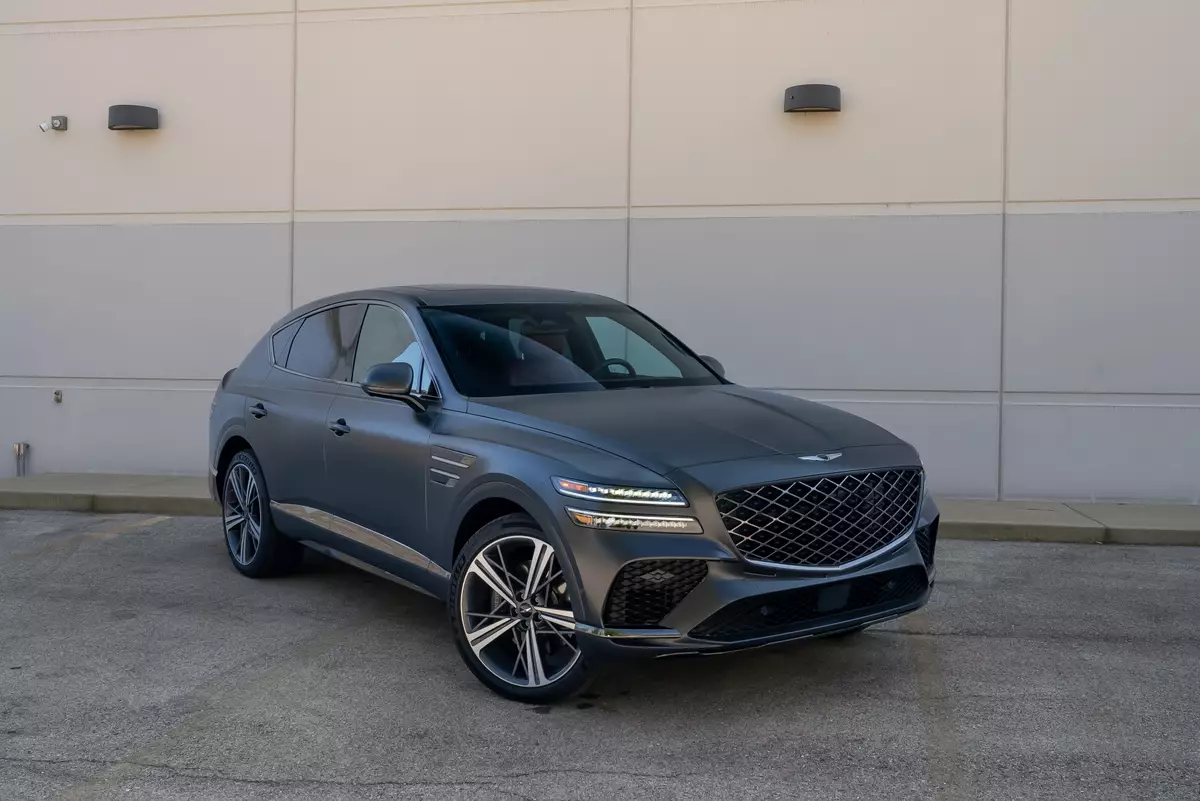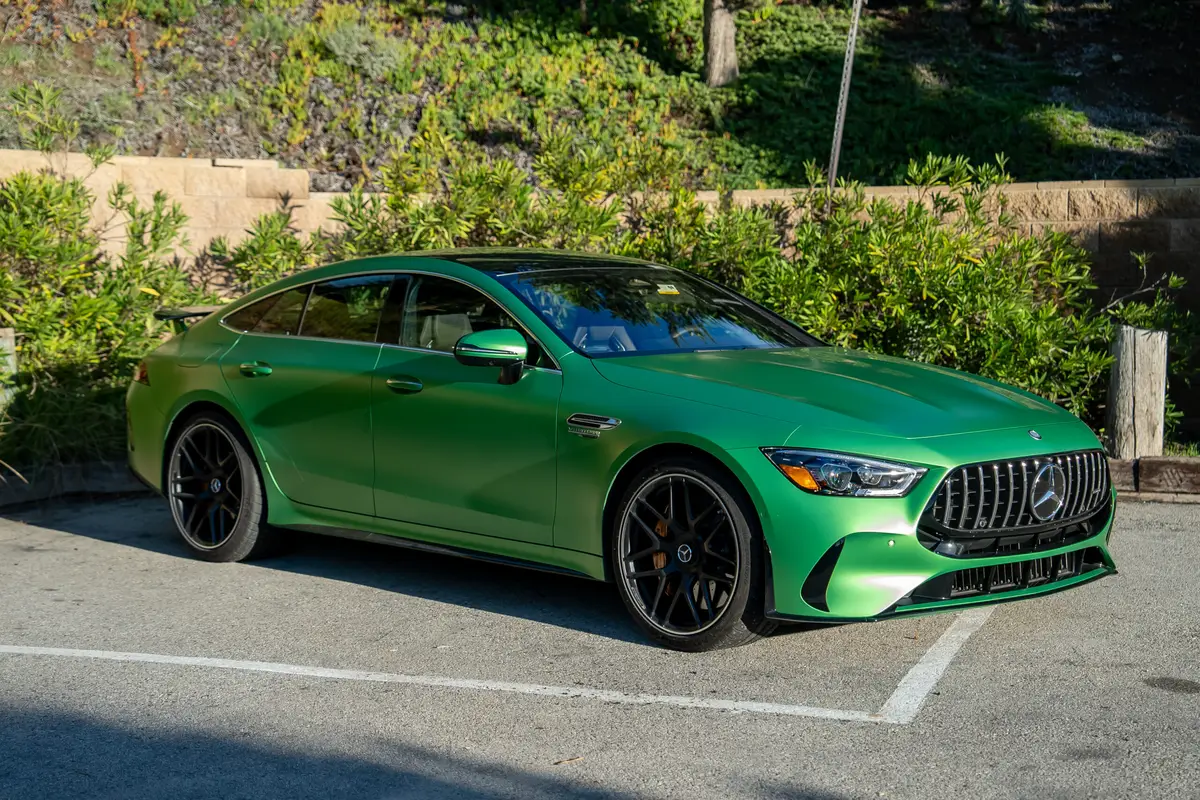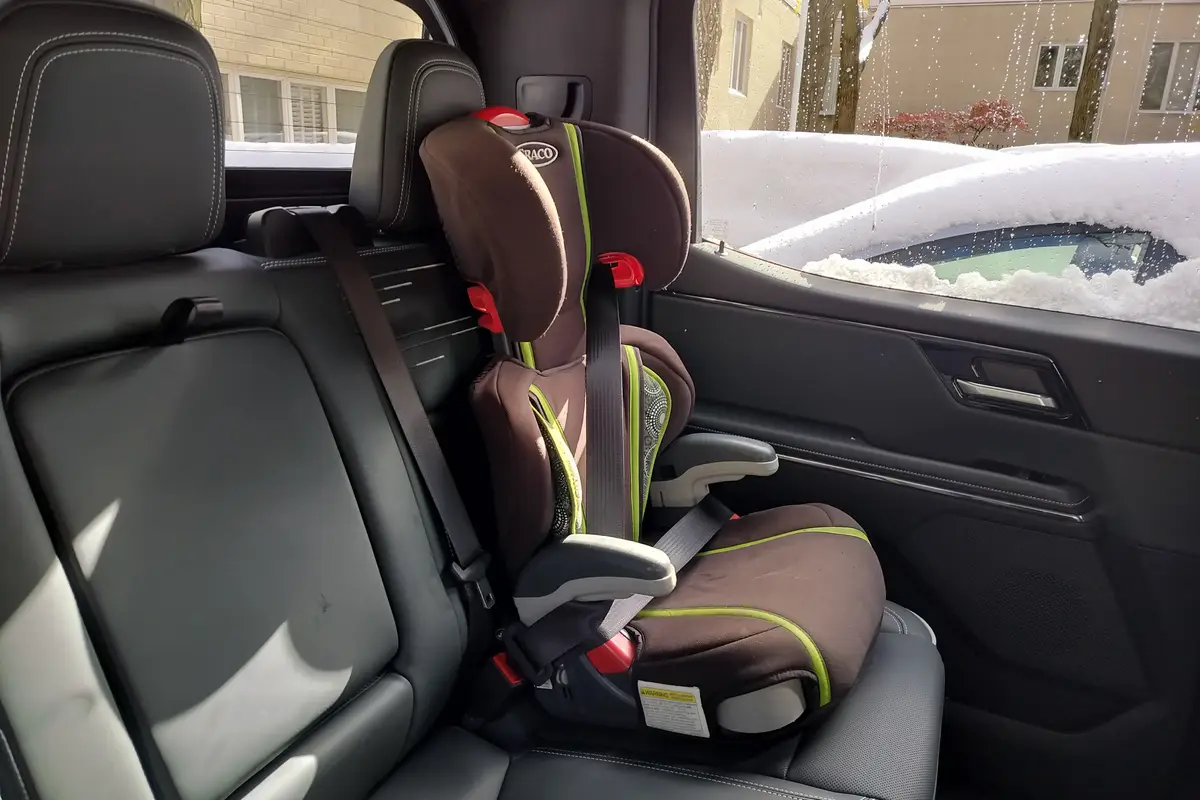IndyStar.com's view
When Ford Motor Co. went exploring for customers with its sport-utility vehicle, it hit pay dirt.
Then, not one to be afraid to tinker with a good thing, Ford redesigned its 1995 Explorer with a host of new features that include styling updates, dual air bags, a new suspension system and a new state-of-the-art four-wheel-drive system.
Toss in an all-new Expedition model that joins the two-door lineup, and you have a package that sets a pretty competitive pace for sport-utility vehicles.
The Explorer has been a sellout since it was introduced in 1990, and the 1995 model is expected to continue what is becoming a tradition when it arrives in Indianapolis Ford dealers’ showrooms.
“Probably we’re not going to see them before the end of December,” said Bud Callahan, vice president of Chuck Callahan Ford.
There was a day when you couldn’t give away safety, much less sell it. But today it’s different.
The design aspects of the 1995 Explorer encompass dual air bags, a feature Ford says isn’t offered by its major sport-utility- vehicle competitors; speed-sensitive wipers; a high-mounted stop lamp; rear-seat head restraints; illuminated controls; and adjustable-height shoulder belts.
Ford says its research revealed that customers rated safety as a primary factor when purchasing a new vehicle, and it was a primary factor in the design of the new Explorer.
The high-mounted stop lamp lights up faster than standard lamps, giving drivers following the Explorer additional reaction time. And of course dual air bags are an especially important safety feature.
There really isn’t too much you can do with aerodynamics on a truck, but Ford stylists upgraded the front end to help the Explorer fly through the air with the greatest of ease.
Nothing lowers the co-efficient of drag like a round shape. And while you’re restricted to a high degree in making body shapes round on a utility-type vehicle, Ford’s styling center attacked the problem via new fenders, headlights, bumper and grille.
The result is a more rounded front end than its predecessors. The trailing edges of the headlights, in particular, sweep back into the fenders to enhance air flow around the front of the body.
The basic idea today is to make a sport-utility vehicle that functions both for sport and utility but drives and acts like a passenger car. That calls for work on the suspension, the interior trim and the accouterments found in better-class automobiles.
One facet the car-building end of the business doesn’t have to contend with is drivers who want to motor up the side of a mountain, an area that highway building crews conveniently avoid.
Explorer owners, however, regard this as great fun. But they still want a ride like a car, not a truck.
Enter Ford’s new SLA (short and long arm) front suspension, a system that permits moderate torsion-bar springing rates while maintaining front-end geometry during both on-road and off-road wheel travel.
The Explorer four-door is abo ut 10 inches longer than the two-door. But in either model the ride approaches the equivalent of Ford’s better-class automobiles.
In four-wheel-drive form, the suspension is tightened up a bit in anticipation of off-road use. A 4WD Explorer may not ride quite like a Crown Victoria sedan, but then you can’t take the Crown Vic up over the rocks on the side of the hill.
Explorer owners who opt for four-wheel drive in this 1995 vehicle will encounter the latest in computerized 4WD technology. It’s a system called Control Trac. It’s standard on all four-wheel-drive models, and its operation is based on varying road conditions.
The system automatically places the vehicle in four-wheel drive when sensors sense rear-wheel slippage beginning to occur. Control of Control Trac is somewhat a “set and forget” feature. Continuous use on dry pavement won’t damage the system.
Ford is continuinga known factor under the hood in the form of its 4.0-liter, 160-horsepower V6. Transmi ssions are a f our-speed automatic or a five-speed manual, with the automatic being the transmission of choice.
“We sell very few five-speeds,” Callahan said.
Probably there’s going to be a better supply of 1995 Explorer models than there were of its predecessor vehicles.
Ford will no longer be building in its Louisville, Ky., plant the short-wheelbase two-door model for Mazda badged as a Navajo. And at its St. Louis plant where the Aerostar is manufactured, half the plant’s production will go to building Explorers.
“That should give another 150,000 vehicles,” Callahan said. “And it should help us. We never have been able to build up much of an inventory.”
1995 Ford Explorer XL Base price: $18,130Type: Front-engine, rear-drive, five-passenger, two-door sport-utility vehicleEngine: 4.0 liters, OHV V6, 12 valves, fuel-injected, 160 horsepower, 225 foot-pounds of torqueTransmission: Four-speed automaticWheelbase: 101.7 inchesLength: 178.6 inchesWidth: 70.2 inchesCurb weight: 4,080 poundsCargo capacity: 81.6 cubic feetOptions: Deluxe stereo, four-wheel drive, power group, preferred equipment group, 16-inch alloy wheels, roof luggage rack
Latest news


2026 Mercedes-AMG GT63 S E Performance 4-Door Coupe Review: A Mouthful, a Handful and an Eyeful

